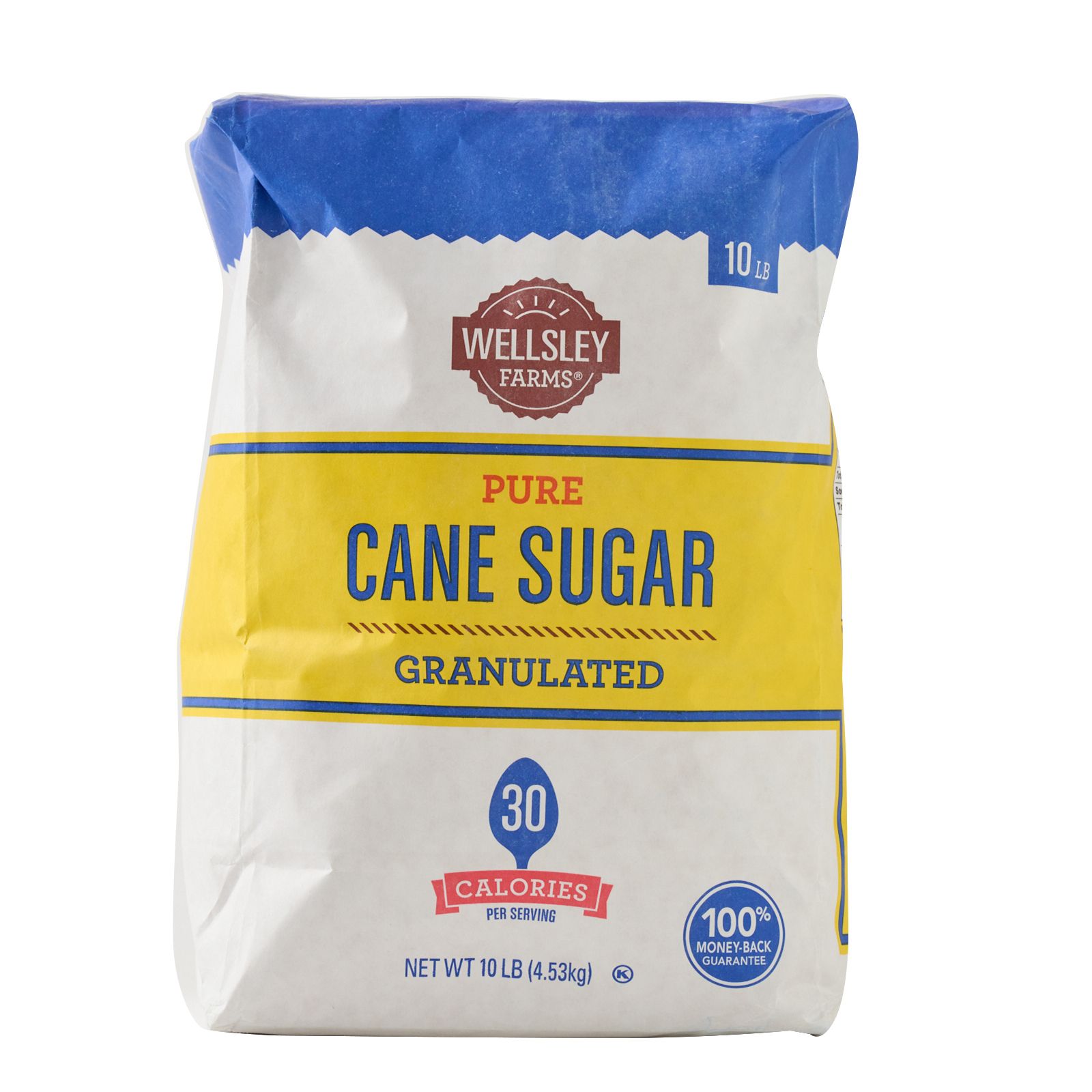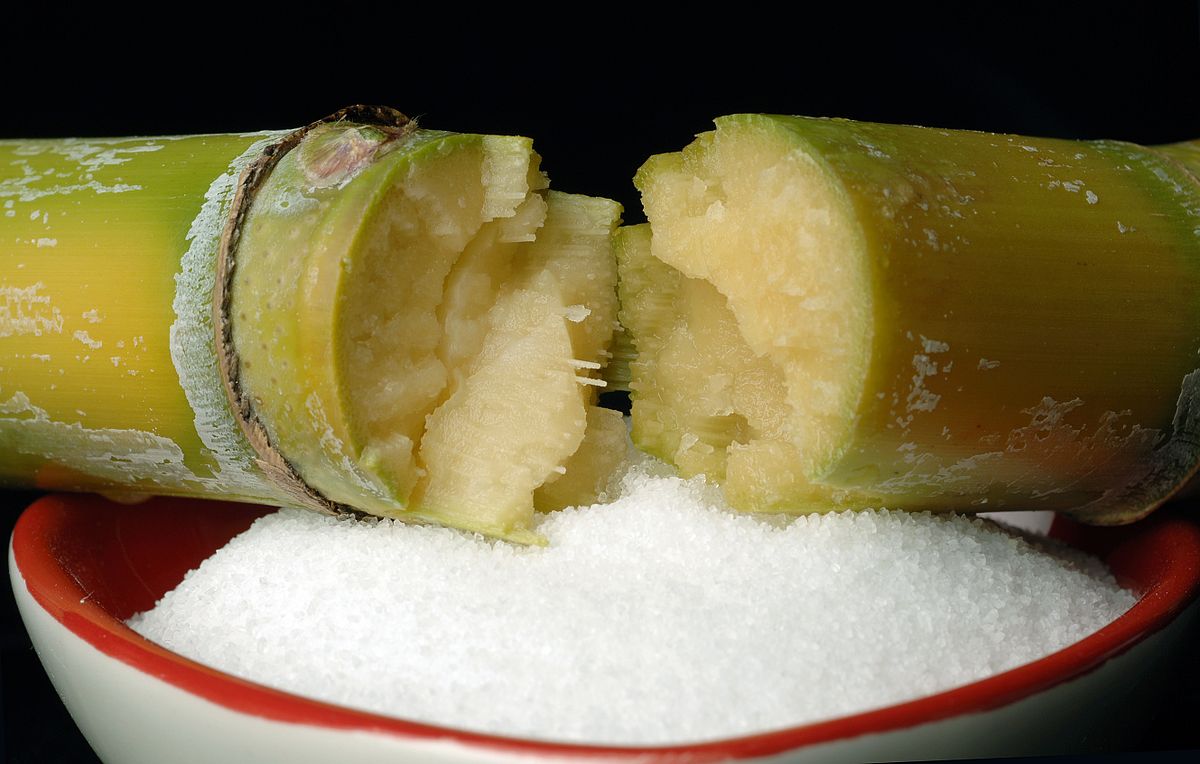The Journey of Cane Sugar Processing: From Harvest to Crystals
Wiki Article
Recognizing the Vital Techniques and Technologies Used in Modern Cane Sugar Handling
The evolution of cane sugar processing has been significantly shaped by the integration of advanced methods and innovations that address both effectiveness and sustainability. As we check out these essential innovations, it becomes crucial to check out just how they not only boost manufacturing but likewise align with wider market patterns and consumer demands, elevating inquiries regarding the future of sugar processing and its effects for international markets.Historic Context of Cane Sugar Handling
The historic context of walking stick sugar processing discloses an abundant tapestry of agricultural innovation and social exchange that has actually shaped its development over centuries. Stemming in Southeast Asia, sugarcane was grown as early as 8000 BCE - Cane Sugar Processing. The procedure of drawing out and fine-tuning sugar got momentum in India, where methods for crystallization were refined around the 6th century. This expertise went across to the Center East, and by the 12th century, sugar became a valued asset in Europe, resulting in the establishment of sugar plantations in the Mediterranean.
Advanced Extraction Techniques
Performance in walking cane sugar removal has seen substantial improvements, driven by the requirement for greater yields and lower manufacturing prices. Typical techniques have actually developed, providing means to innovative modern technologies that improve the efficiency of the extraction procedure. One noteworthy advancement is the use of enzyme-assisted removal, wherein certain enzymes damage down cell walls and launch more sucrose from the walking cane fibers. This technique not just enhances sugar return however also minimizes the power required for handling.In addition, the fostering of membrane purification technologies, such as nanofiltration and turn around osmosis, has actually transformed the splitting up of sugar from contaminations. These techniques permit the discerning permeation of sugar particles while preserving larger impurities, improving the removal procedure and reducing waste.
In addition, the integration of constant removal systems has actually caused enhanced operational efficiency. Cane Sugar Processing. These systems keep a consistent circulation of cane product, making certain optimum removal conditions and reducing downtime related to batch processing
Ingenious Refining Technologies
Refining methods in cane sugar handling have actually gone through a transformative change, driven by the demand for higher pureness and boosted item quality. Among one of the most significant advancements is the fostering of visit this site right here membrane layer purification innovations, such as ultrafiltration and nanofiltration. These processes properly remove impurities and colorants without the demand for extensive chemical therapies, thus maintaining the sugar's natural taste and enhancing its charm.An additional significant advancement is making use of ion exchange resins, which enable discerning elimination of unwanted ions from sugar services. This modern technology not only increases the general pureness of the end product however likewise adds to lowered waste and environmental influence.
Additionally, advancements in adsorption techniques, using turned on carbon and other advanced products, have actually proven reliable in decolorizing sugar remedies while maintaining ideal top quality. The integration of these ingenious refining innovations ensures that manufacturers can generate refined sugar with exceptional quality and taste, meeting the advancing preferences of basics consumers.
Automation and Control Solution
Recent improvements in refining modern technologies have actually paved the means for substantial improvements in automation and control systems within walking stick sugar handling facilities. These systems make use of advanced software application and equipment to improve operational efficiency, lower human error, and make certain consistent item quality.Modern automation integrates different elements, consisting of sensors, actuators, and programmable logic controllers (PLCs), enabling real-time monitoring and control of important procedures. As an example, temperature, stress, and circulation rates can be specifically controlled during extraction, explanation, and formation phases, optimizing performance and decreasing waste.
In addition, progressed data analytics and artificial intelligence algorithms play a pivotal duty in predictive upkeep, enabling operators to prepare for devices failures prior to they happen. This proactive approach not just decreases downtime however also expands the life-span of machinery.
Furthermore, automation assists in the application of Industry 4.0 concepts, equipping sugar mills to achieve better connection and data exchange throughout processes. Consequently, decision-making becomes even more nimble and enlightened, eventually enhancing the general competitiveness of walking cane sugar manufacturing. With these innovations, the industry is well-positioned to fulfill growing worldwide needs while maintaining operational quality.
Sustainability Practices in Sugar Manufacturing
Sustainability methods in sugar manufacturing have ended up being increasingly crucial as the market looks for to stabilize economic feasibility with ecological responsibility. As consumer recognition grows pertaining to the environmental influences of farming practices, sugar manufacturers are embracing innovative techniques to lower their environmental impact.One substantial method is the execution of precision agriculture strategies, which utilize information analytics to maximize resource use, such as water and plant foods. This decreases waste and minimizes the effect on local ecosystems. Additionally, several manufacturers are transitioning to renewable resource resources, such as biomass from sugarcane byproducts, to power their procedures, thereby lowering reliance on fossil gas.
Water monitoring practices are also vital; rain harvesting and efficient watering systems aid minimize water deficiency issues. Cane Sugar Processing. Additionally, integrated insect administration methods minimize chemical usage, promoting biodiversity and soil health
Corporate next social responsibility initiatives are emerging, with companies buying neighborhood areas and making sure reasonable labor techniques. By welcoming these sustainability techniques, the sugar sector not just boosts its reputation but also adds to a much more lasting farming landscape, paving the way for future generations.

Final Thought
In recap, modern-day walking stick sugar handling incorporates a series of sophisticated strategies and technologies that considerably boost performance, return, and sustainability. The adoption of ingenious extraction and refining techniques, alongside automation and control systems, helps with enhanced operational performance and item top quality. In addition, the focus on sustainable practices underscores a dedication to decreasing ecological effect and promoting moral manufacturing. Jointly, these developments position the cane sugar sector to fulfill modern demands while dealing with vital global challenges.The evolution of cane sugar handling has been considerably formed by the combination of sophisticated techniques and technologies that address both efficiency and sustainability.The historic context of walking cane sugar processing reveals an abundant tapestry of farming advancement and cultural exchange that has actually formed its advancement over centuries. Advancements in milling and refining emerged, laying the foundation for modern walking cane sugar processing.Refining strategies in cane sugar handling have undergone a transformative shift, driven by the demand for greater purity and boosted product high quality.In summary, contemporary cane sugar handling includes a variety of advanced methods and technologies that considerably boost sustainability, yield, and performance.
Report this wiki page